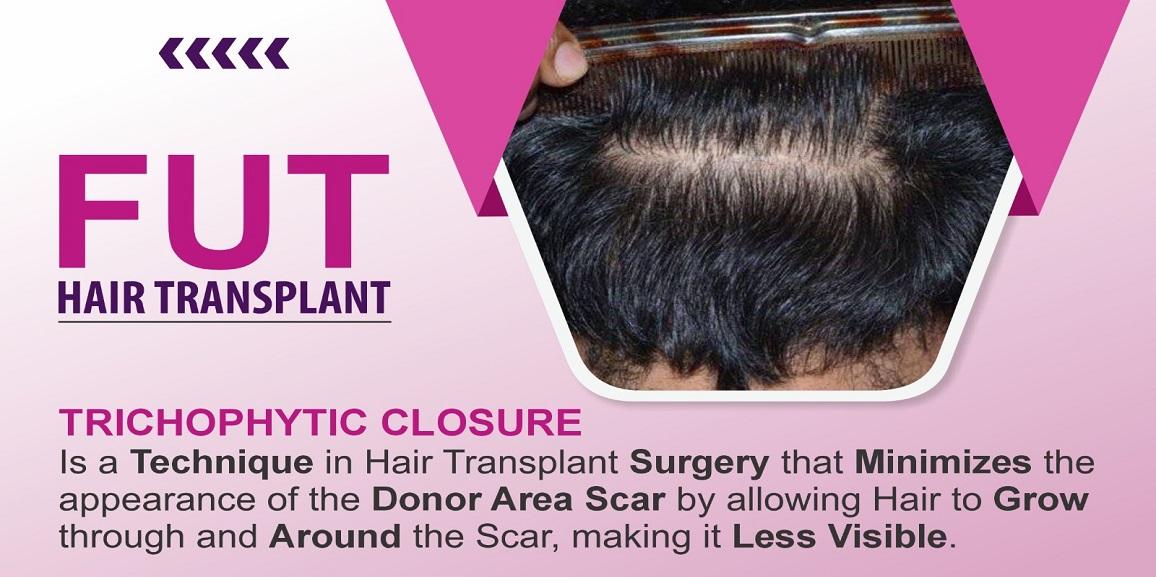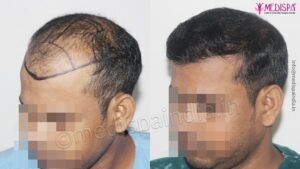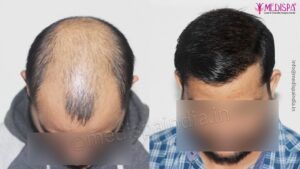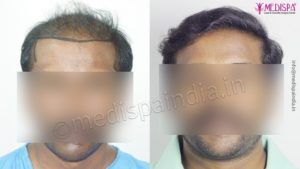
Are you familiar with the concept of hair transplant? This procedure has gained significant attention in a short period of time. The popularity of hair transplant procedures is well-deserved, as it has proven to be highly successful. This procedure offers individuals suffering from hair loss a chance to achieve desirable hair growth in areas where they are bald, fulfilling the dream of many.
The hair transplant procedure involves extracting hair grafts from the donor area and transplanting them to the bald area. Prior to performing the transplant, it is crucial to examine the donor area to determine the feasibility of the procedure based on the availability of hair density.
India has emerged as a top destination for hair transplant tourism due to its affordable cost and world-class services. In other developed countries, the cost of hair transplant is often exorbitant, leading patients to seek more affordable alternatives. As a result, India has gained significant recognition for its excellence in this field.
Hair transplant in Jaipur has made significant progress in the field of hair restoration, attracting both domestic and international patients seeking the best services. The city boasts top-tier hair transplant surgeons renowned for their expertise and exceptional skills. Medispa hair transplant clinic in Delhi and Jaipur has played a pivotal role in advancing hair transplant techniques with state-of-the-art technologies and innovative methods. However, the success of these technologies relies heavily on the competence of the surgeon utilizing them. Dr. Suneet Soni stands out as an outstanding hair transplant surgeon, globally recognized for his exceptional skills and expertise, particularly in FUT hair transplant. His use of advanced techniques ensures remarkable results, especially in cases requiring high-density hair transplants.
Hair transplant process
Hair follicles are carefully chosen from the sides and back of the head or from various other areas of the body, including the beard, chest, armpits, or pubic region, before being relocated to the designated bald spot in a hair transplant procedure. These specific sites are selected for transplantation due to their DHT-resistant or permanent hair roots. It is a fact that the effects of a hair transplant are enduring and can last a lifetime. When carried out by a proficient surgeon with innovative techniques, the outcome of a hair transplant appears completely natural.
Hair transplant methods
FUE and FUT hair transplants are the two primary methods utilized for hair transplantation. In a FUT hair transplant, a strip is extracted from the sides and back of the patient’s head, then dissected to obtain individual hair grafts. These grafts are then transplanted to the chosen bald spot. The trichophytic closure technique is employed to stitch back the donor area, ensuring complete healing without visible scarring and delivering highly appealing outcomes. This method is ideal for obtaining a higher yield of hair grafts, making it suitable for severe hair loss cases or when a high density is desired.
During a FUE hair transplant, single hair grafts are extracted from the donor region using a punch device. The graft is carefully pulled out after the punch is inserted into the skin at a specific depth and angle. It is crucial to handle the graft delicately to prevent it from becoming too fragile. This approach also allows for minimal scarring during the healing process. While fewer hair follicles can be harvested, this procedure is typically recommended for facial hair transplants or cases of early hair loss.
Benefits of FUT hair transplant in treating pattern baldness
The process of deciding on a hair transplant procedure can be made simpler if there are no uncertainties involved. Factors such as the level of baldness, desired hair density, gender, and the condition of the donor area, as determined by the doctor, can clearly indicate the most suitable approach for each individual case.
Each hair transplant technique has specific criteria that are considered when selecting and applying the procedure based on the patient’s unique circumstances. The patient’s age, gender, desired hair density, availability of hair density in the donor area, level of baldness, and the quality of the hair grafts all contribute to determining the best procedure. Among these factors, the need for hair density plays a significant role in the decision-making process.
In cases where a large number of hair grafts are required, the FUT technique is considered the most suitable option. On the other hand, when a smaller number of grafts are needed, the FUE method may be more appropriate. The FUT hair transplant technique allows for the effective harvesting of around 3000-3500 hair grafts, while the FUE technique can harvest approximately 2000-2500 grafts.
Therefore, FUT may be a suitable option for cases of severe or high-grade baldness where a high-density hair transplant is necessary. Combining FUT and FUE can be an effective treatment for advanced baldness, such as grade VI or VII, as it allows for the successful harvesting of over 4000 hair grafts in a single session. This combination approach involves performing both FUT and FUE during one session, using FUT to harvest most of the hair grafts and FUE to extract the remaining ones. It is crucial to choose the appropriate procedure for the hair transplant based on the patient’s requirements to avoid overharvesting the donor site and compromising the safe zones. Violating the safe zones puts the longevity of the results at risk. Therefore, selecting a skilled hair transplant surgeon is essential.





